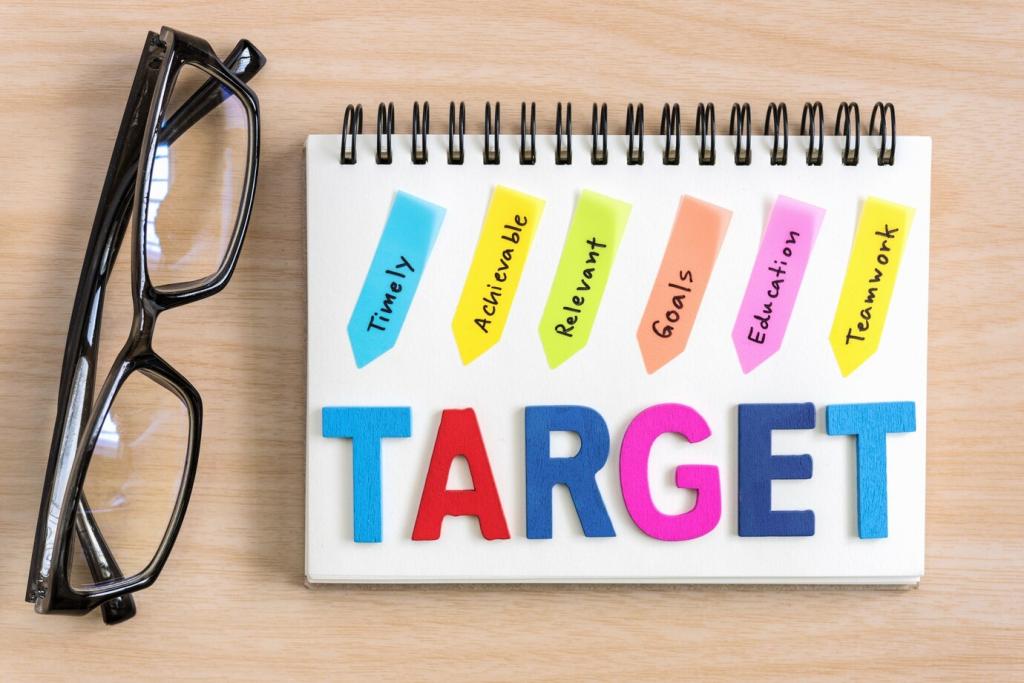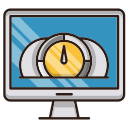Welcome! Today’s chosen theme is Remote Work: Tips for Avoiding Distractions. Dive into practical routines, human stories, and science-backed tactics to protect your focus, feel calmer, and get meaningful work done from anywhere. Subscribe and share your favorite strategies so we can learn together.
Design a Focus-First Workspace at Home
Use a defined corner, a room divider, or even painter’s tape to mark work-only space. When I placed a low shelf behind my chair, my family respected the visual boundary. That shelf became a silent sign saying, “Focus in progress,” and interruptions dropped dramatically.

Design a Focus-First Workspace at Home
Good posture reduces fidgeting. Position your screen at eye level, keep wrists neutral, and use warm, indirect lighting to reduce glare. I added a desk lamp with a dimmer and noticed fewer headaches and fewer excuses to stand up and wander. Share your lighting hacks below.
Tame Notifications and Digital Noise
Define three tiers: calls from key contacts (urgent), team chat mentions (important), and social or marketing ping (later). Only the urgent tier can break through during focus blocks. This simple rule reduced my context switches by half within a week, and my stress fell with them.
Deep Work Blocks with Clear Objectives
Schedule 60–90 minute blocks for cognitively heavy tasks. Write a one-line outcome: “Draft introduction and outline three points.” Keep a timer visible. When I added a 90-minute block before noon, my output doubled. By protecting mornings, I stopped paying the afternoon distraction tax.
Daily Startup and Shutdown Rituals
Begin with a five-minute plan and end with a five-minute review. The morning sets intention; the evening closes loops. I list three wins, three priorities, and one open question for tomorrow. It reduces mental residue overnight and makes the next morning start smooth and purposeful.
Psychology of Distraction: Triggers, Dopamine, and Mindfulness
Spot Your Personal Distraction Triggers
Is it boredom at minute 23, fear of a tough paragraph, or the lure of tabs? Track two days and note when you slip. I discovered I doom-scroll when stuck on wording. Naming the trigger helped me swap the scroll for a two-minute outline sketch instead.
Manage Dopamine Without Losing Momentum
Micro-rewards keep motivation steady. After a focus block, take a balcony breath, stretch, and sip water. Save the sweeter reward—music, sunlight walk, or coffee—for completing a milestone. This preserves novelty while reinforcing progress, making your brain actually crave the next focused session.
Mindfulness Micro-Resets You Can Do at Your Desk
Try a four-breath cycle: inhale four, hold four, exhale six, pause two. Repeat three times. Pair it with a gentle shoulder roll. These resets lower arousal and snap you out of compulsive tab-jumping. Readers report feeling calmer in under a minute—share your favorite quick reset in comments.
Home Dynamics: Boundaries with People and Pets
Create a family agreement: quiet hours, knock-before-enter rules, and emergency exceptions. Use a door sign or colored light to signal focus versus available time. One reader, Maya, put a small plant on the hallway shelf during deep work. The plant meant, “Please text first,” and it worked.

Energy Management: Breaks, Movement, and End-of-Day Calm
Movement Snacks Beat Marathon Sitting
Every 50–90 minutes, stand, roll your ankles, and do five slow squats or a short hallway lap. These “movement snacks” refresh circulation, brighten mood, and reduce the urge to wander online. I return to my desk with steadier focus and fewer back-of-the-neck tension headaches.
Fuel and Hydration Without the Sugar Crash
Keep water visible, and choose protein-plus-fiber snacks—nuts, yogurt, or an apple with peanut butter. I avoid sugary treats before deep work; the crash invites distraction. A balanced snack supports stable attention so your brain resists the itch to check messages for quick stimulation.
Shutdown Ritual That Signals “You’re Done”
Write tomorrow’s top three, tidy the desk, and close your laptop with intention. I play a short song to mark the end. This cue stops “just one more email,” helps me transition to home mode, and makes me more present with people I love after work.

Website Blockers and App Whitelists
Use blockers to restrict distracting sites during focus blocks. Create a whitelist of essential work tools, so everything else stays dark. When I whitelisted only my editor, docs, and calendar, the urge to “just check” vanished, and my writing sessions finally felt spacious and quiet.

Calendar Automation and Smart Reminders
Auto-add buffers, color-code deep work, and trigger Focus mode from your calendar. Smart reminders nudge you to stand, drink water, or start shutdown. This coordination reduces mental overhead and decision fatigue, keeping your best attention reserved for creative or analytical tasks that matter.
